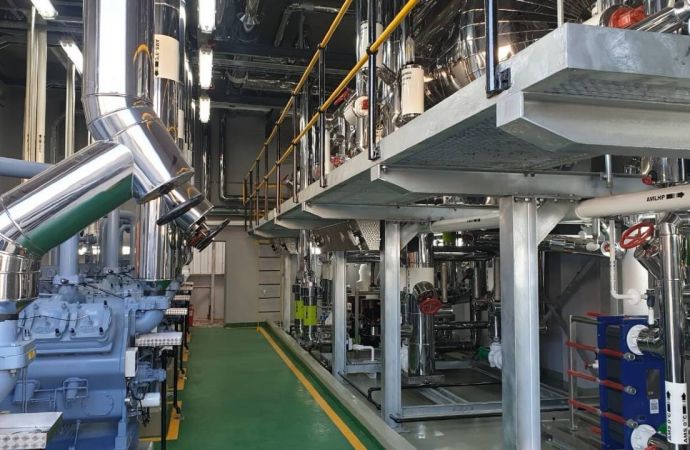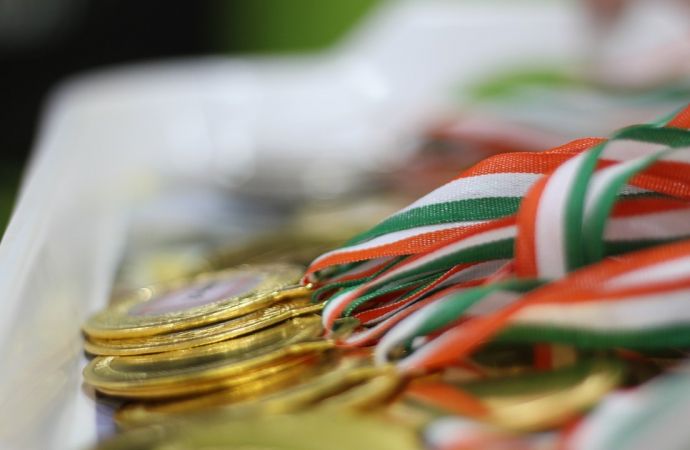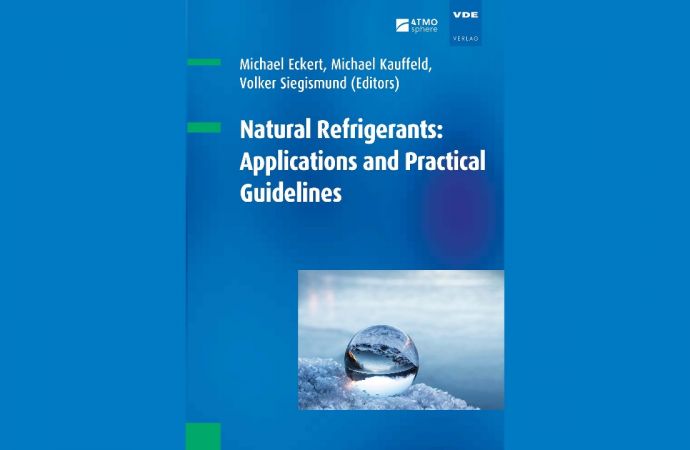Dr. Oetker opts for a cooling-as-a-service (CaaS) model, cutting energy costs and allowing it to focus on its core business.

Dr. Oetker's ammonia system
Dr. Oetker, a South African producer and importer of frozen foods, recently upgraded its production and storage facility, including a brand new three-stage ammonia refrigeration system that was purchased on a cooling-as-a-service (CaaS) basis.
This enabled the company to select state-of-the-art cooling equipment with high energy efficiency, without having to invest upfront in the technology.
Dr. Oetker South Africa is part of the Oetker Group, one of the biggest German family enterprises. The South African subsidiary had reached its maximum production and storage capacity and required an expansion.
To that end, Energy Partners Refrigeration (EPR) installed a new ammonia refrigeration system to supply cooling to the process areas, process fluids, blast freezers, holding freezers and cold rooms at the new production facility in Selby, Johannesburg, South Africa. The compact site layout and long operating hours presented an ideal opportunity for using waste heat to generate domestic hot water.
But EPR supplied the technology via the CaaS model. The CaaS model means that EPR will optimize the system for operational efficiency and redundancy while achieving the lowest possible carbon footprint.
The new refrigeration system (operational since July 2020) will double as a production and storage/distribution unit, therefore offering significant amounts of cooling at different temperatures for its process and holding areas.
Outsourcing’s benefits
The refrigeration system was part of a larger project to expand the production capacity of the operation. As with any large-scale project, there are always budget constraints that need to be managed.
By choosing an outsourced solution from EPR, Dr. Oetker gained more flexibility in its capital allocation freeing up budget for the larger project, without compromising on the quality of cooling. The company is receiving access to a highly efficient refrigeration system that has sufficient capacity to match its future expansion ambitions. All operational and maintenance responsibility will be EPR’s, giving Dr. Oetker the freedom to focus on its core activities.
“We are extremely satisfied with the technical solution delivered by Energy Partners and working with people who have expertise and knowledge in this field is extremely valuable,” said Erkan Yağar, Project Manager – Dr. Oetker. “Not having to invest a huge amount of capital, as well as the cost savings, has enabled us to complete the entire project. EPR has shown us that a good quality job can also be done in South Africa. I see this as the beginning of a long-term relationship.”
The project also offered great savings in terms of energy efficiency and reducing CO2 emissions. A baseline system, estimated at being 20% less efficient, would use 334MWh more electricity. Thus, the EPR system reduces emissions by 317 metric tons of CO2e per year based on energy savings alone, explained Dawie Kriel, Head of Design and Engineering EPR. “When taking in an average refrigerant leak rate of 15%, the number of CO2 emissions avoided goes up to an annual amount of 1,200 [metric] tons.”
CaaS contract
A cooling service contract with full maintenance offer was signed for an initial 15-year contract period, with yearly extensions thereafter. Dr. Oetker has the option to purchase the system from EPR and to end the outsourcing contract at any stage, while the invoicing for the refrigeration services is made through EPR’s “cooling meter.” The fixed payment per unit of cooling includes all operating costs, even the electricity consumed by the system. This means that Dr. Oetker will not be paying more for the system operation even if the efficiency of the plant is lower than expected.
The CaaS product offered to Dr. Oetker is an off-balance sheet transaction, with ownership of the system residing with EPR. The solution provides a fully outsourced refrigeration system that includes the refrigeration equipment, piping, and evaporators. This approach changes the relational dynamic from that of contractor to that of strategic business partner.
During the contract period, EPR will have full responsibility for operating and maintaining the plant; guaranteeing the capacity and quality of cooling that is being delivered to the different sections of the site. EPR will also take full responsibility for any and all breakdowns that occur during the contract period, without any additional cost to the client, providing peace of mind to the client and allowing them to focus on their core business operations. The client will be billed in ZAR (South African currency)/kWh consumed and will be refunded for the electricity that has been consumed by the refrigeration plant.
The CaaS model solves for the lowest life cycle cost solution, placing the emphasis on energy efficiency” – Dawie Kriel, Energy Partners Refrigeration
In many commercial and industrial businesses, refrigeration systems use from 20% (heavy industrial sector) to 45% (retail sector) and even as much as 80% (cold logistics) of the electricity. In the life cycle cost of a refrigeration system, this cost is by far the greatest component (capital and maintenance are the others) and varies between 50% and 75% in South Africa, explained Kriel. “To manage this, it’s wise to [outsource] optimal design, equipment, control, monitoring and environmentally responsible technology to reduce the energy portion of the lifecycle cost by 20-50%, resulting in significant savings.”
“The CaaS model solves for the lowest life cycle cost solution, placing the emphasis on energy efficiency,” added Kriel. “This approach is especially valuable in the industrial sector where businesses work with long-term horizons but are often capex constrained in the initial phase of production. Many of the businesses in South Africa are battling to find and retain good technical expertise to run and maintain complex refrigeration systems at peak performance. CaaS solves the biggest ownership headache – namely management focus, time and cost.”
Project information
EPR installed a new ammonia refrigeration plant that supplies cooling for the building HVAC, process areas, process fluids, blast freezers, holding freezers and cold rooms for the new production facility. Total cooling capacity is 1,671kW (475.2TR) split between -33°C (-27°F), -9°C (16°F) and 0°C (32°F) suction conditions. The system includes the evaporators, refrigerant piping, plate heat exchangers, secondary pumps, wiring, and controls.
The system comprises a three-stage ammonia configuration with six reciprocating compressors and two evaporative condensers. Heat recovery is done from the discharge gas. There is pumped overfeed to the low stage and glycol secondary cooling on the high stage.
Cooling is provided by a single V700 and five V1100 GEA machines, and condensing capacity is supplied by two BAC ECI-N300 condensers. The liquid ammonia circulation for the low and high stage is done by four hermetic CAM 2-3 canned liquid pumps. The project required three Alfa Laval plate heat exchangers for glycol and chilled water production, as well as for heat reclaim, and nineteen coolers from HC to provide area cooling. Controls and data management are provided by Carel and Tridium Niagara.
From an execution point of view, the main challenge has been trying to coordinate between multiple services that have to do installations in an existing building. Building Information Modelling (BIM) has been of great assistance in minimizing the number of clashes. “It forced us to be innovative around pipe routing and optimizing the layout of the plant room in the space that was made available to us,” explained Kriel.
Not only is Dr. Oetker satisfied with the solution and the installation, the quality of workmanship has left it very impressed, according to Kriel. The heat recovery from the plant is also proving sufficient to provide the entire site with domestic hot water.
Related stories



